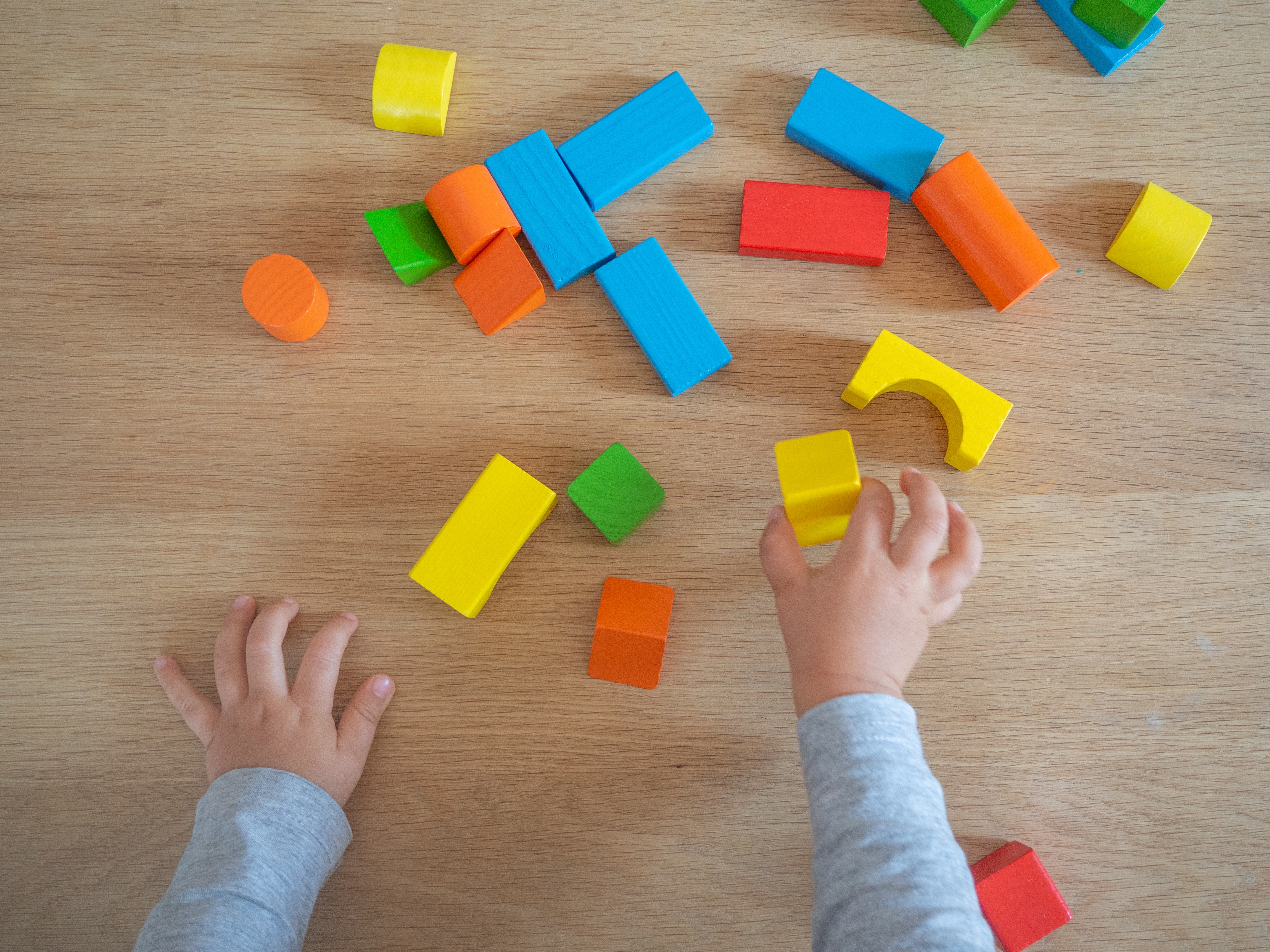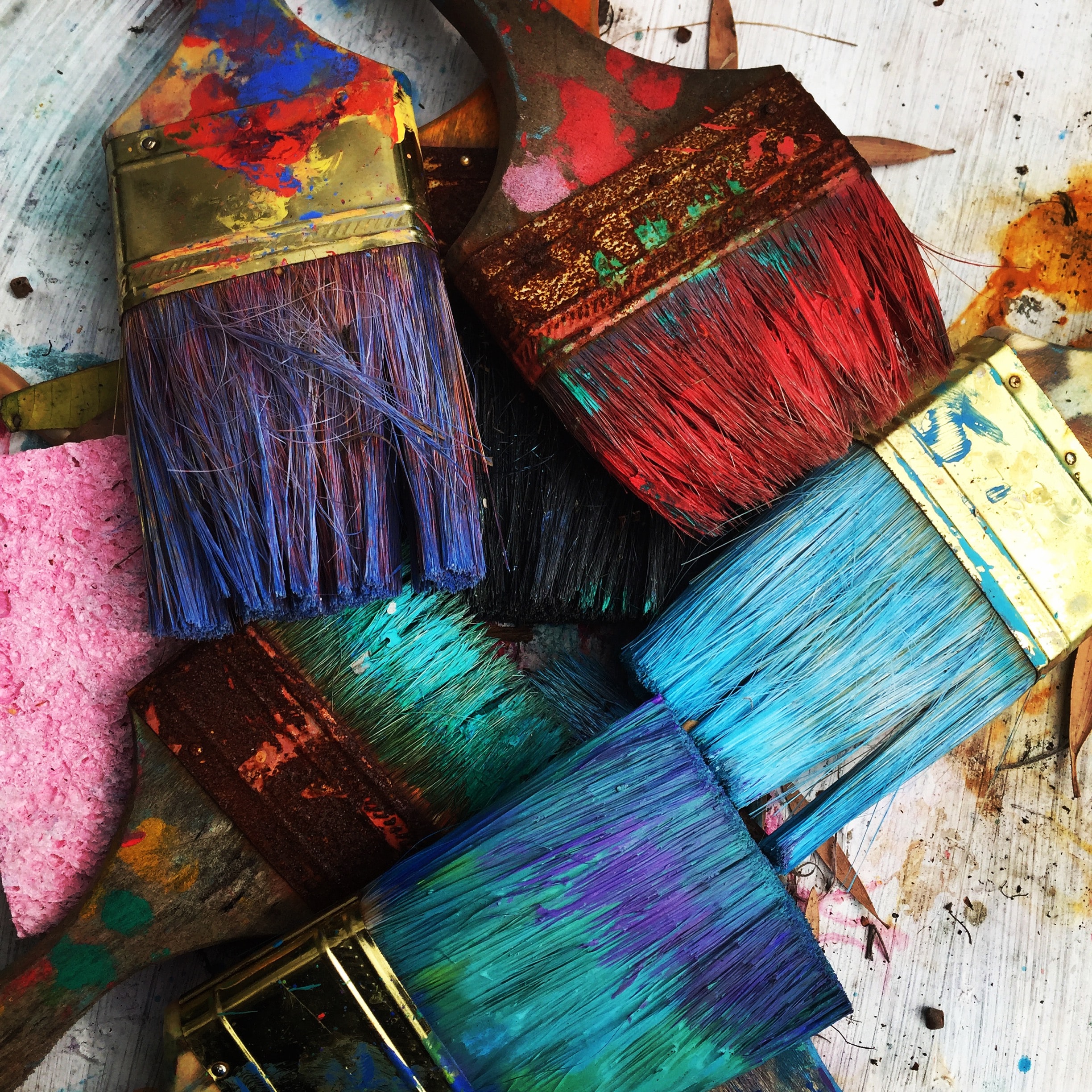Walk into many daycare centres or children’s events and you’ll find a bright, vibrant array of primary colours and basic shapes. Though this colour scheme is essentially synonymous with preschool children, is it actually the environment that’s best from them? The relationship between colour and childhood psychology is complex, but we’re going to break it down so that you can figure out the best way to incorporate colour in your centre!

Children’s learning is enriched by their environments, and often their sensory surroundings at school play a large role in their development. Children’s sensory learning process is well-documented, so it makes sense that so many places are tempted to surround kids with bold colours. As children are so interactive, there is some truth to this assumption. Well-placed colours can certainly support mental health and early development, especially warm, bright colours which tend to naturally attract the attention of young kids. Benefits of these colours include sensory development, creative learning, imagination, energy stimulation, and a deduction in anxiety. Whether learning the names of each colour or kickstarting an interest in art, colour can certainly aid in preschool learning.
Individual colours may even have individual benefits. Several studies have drawn links between the colour blue and a boost in creativity and relaxation. Similarly, yellow can be a mood-lifter, green soothing, and orange a stimulant for critical thinking and memory formation.

The key here is making sure that the colours are well-chosen. Though young children can be drawn in by these bright hues, some colours can act like a double-edged sword. Red and yellow may be energetic and exciting, but they can also be overwhelming and overstimulating. This excessive stimulation won’t contribute well to learning. Red, in particular, can even increase the anxiety of some children. This is particularly troublesome for children with learning differences, who are more affected by sensory overload. Keeping overwhelming colors to a minimum can promote a more inclusive environment. Rather than inundating the classroom with all the primary colours, it is often better to focus on small pops of colour.
If you do choose to add colour to the classroom, we love small colour-based activities. Activities geared around specific colour play sets (such as colour-coded balls or rings) will allow children to interact with colour in a controlled and tactile way. These activities are great because they promote experience-based learning, a technique which helps children retain information much better than a labelled worksheet.

However, you may choose to forego colour nearly entirely in favour of earth tones. Browns, greens, and other environmental colours can also be great. These colours are soothing, but they also promote an interest in nature and outdoor play. This sort of activity has wonderful benefits too.
Whether you plan on continuing your use of primary colours or removing them entirely, knowing the background of how colour influences children allows you to maximize the benefits for both you and your centre.